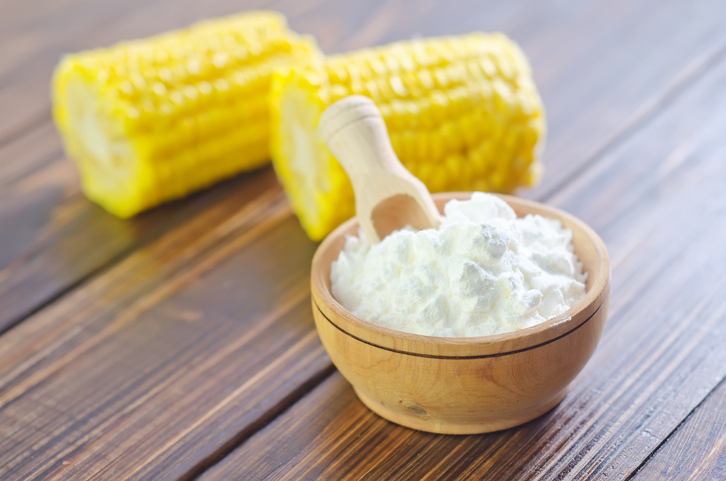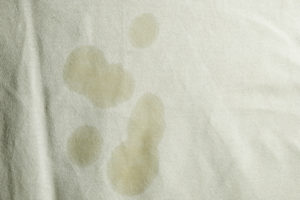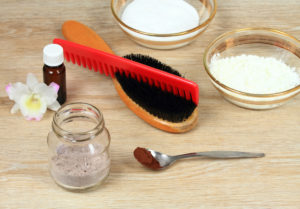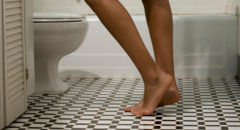
While cornstarch is mostly used for recipes like bread or as a thickening agent in gravy or sauces, there's a whole list of other uses cornstarch can be used. As a matter of fact, it's one of the most powerful, but widely unused, secret against a lot of bodily issues. Take a look below on how to use it.
1. Allergy Reliever
Cornstarch can be used as a DIY soother for irritations of the skin, including sunburn and skin allergies. Form a paste by combining three tablespoons of cornstarch with cold water until it has the consistency of peanut butter. Use a gauze pad or cotton ball to apply to the skin and let dry. Apply before bed to give it enough time to work in.
2. Removing Oil Stains
While there are countless DIY stain-removal techniques, cornstarch comes in handy with one type of stain in particular: oily spills and smudges. Sprinkle the stain with some cornstarch, let it take care of absorbing some of the wetness, and then proceed with your usual cleaning technique.
3. Bug Bites
Bug bites can become even more aggravated and itchy when exposed to dampness, oil and bacteria. Keep the bite clean and dry and minimize itchiness by applying a paste made of cornstarch.
Combine three tablespoons of cornstarch with cold water and mix into a peanut-butter-like paste. Use a gauze pad or cotton ball to apply to the affected area.
4. The Best Dry Shampoo
Dry shampoo comes in handy when you’re in a rush and don’t have time for a full shower. And while it’s typically sold in stores as a spray, you can create your own using cornstarch and it works great!
Just mix a quarter cup of cornstarch and two tablespoons of baking soda in a storable container. Sprinkle a small amount in your hair and brush.
The solution should remove most of the grease and leave your hair looking clean–all in a fraction of the time it would take you to shower and dry off.
YOU MAY ALSO LIKE: The Incredible Beauty Benefits of Baking Soda
5. Energy Booster
All the calories in the cornstarch come from its carbohydrate content. A 1-tablespoon serving contains 8 grams of
carbs. Carbs are the macronutrient you need in the largest amount, says the McKinley Health Center.
That's because carbs are your body's preferred source of energy.
While carbs from foods such as cornstarch help give you the energy to get up and go, those carbs are also used to fuel your basic body functions, including your heartbeat, breathing and brain activity.
6. Athlete’s Foot
Athlete’s foot is a smelly (and, in really bad cases, unsightly) podiatric condition caused by fungus that grows in the top layer of the skin of the foot. Fungus flourishes in warm and wet places, which is why the condition often befalls athletes, who tend to sweat in their shoes. Cornstarch’s moisture-absorbing power makes it a great preventative remedy.
Sprinkle your feet with cornstarch to keep them dry and prevent fungus from taking root
7. Detangle Your Hair

If you’re dealing with a difficult knot, apply cornstarch in and around the area. The ingredient helps to lubricate the fibers of the rope or fabric, making it easier for you to untie it.
Honorable Mention: Treatment for Hypoglycemia
Cornstarch also has medicinal benefits and has been used to help manage low blood sugar in people with diabetes and glycogen storage disease, which is an inherited metabolic disorder. Uncooked cornstarch digests slowly and supplies a slow, steady stream of glucose, which may help to prevent low blood sugar, especially at night during sleep.
While cornstarch offers this medical benefit, you should not add cornstarch to your diet for helping with blood sugar control unless directed to do so by your doctor or dietitian.








